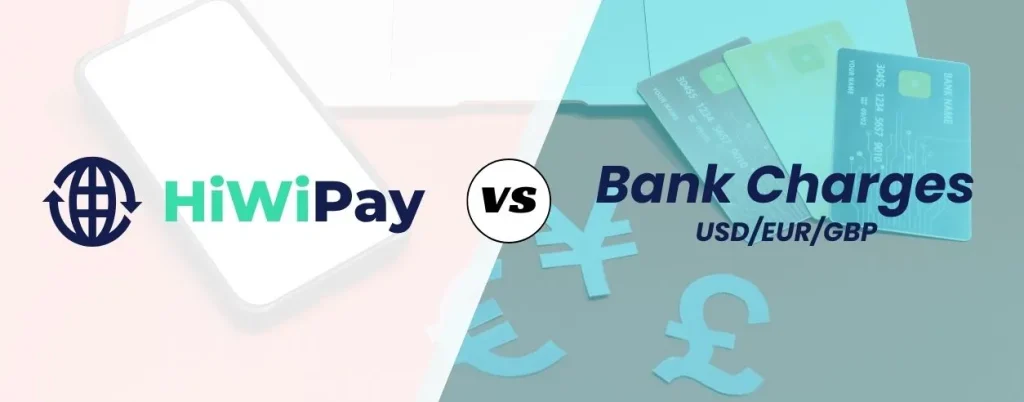The export payment lands. The client says thank you. You exhale. For a moment, everything is perfect.Then someone in finance opens the FIRC request form. The silence that follows feels like a warning. “Which purpose code did we use last time?”No one answers. That’s how compliance starts slipping — not in fraud or neglect, but […]
Category: Blog
Your blog category
HiWiPay ROI Calculator: Compare Your Landed INR vs Bank/Fintechs
Every exporter knows their margins down to the decimal. Freight. Packaging. GST. But almost no one tracks the one cost that leaks silently every month — the money lost between “payment sent” and “INR credited.” The banks call it an exchange rate. Fintechs call it a fee. You call it “close enough.” But it’s the […]
HiWiPay for Agencies with Retainers: Predictable INR vs Wise/PayPal
Every agency owner knows the quiet panic that comes with the first of the month. Clients pay on time. Emails confirm it. Yet the balance doesn’t move. You refresh Wise, check PayPal, call the bank, and wait. What should have been routine feels unpredictable again. Retainers are supposed to be steady. Instead, they’ve turned into […]
HiWiPay for D2C Export Stores (Shopify/Shopline): Payout Comparison
You built a brand that travels faster than shipping containers. Your product leaves India in hours. Your marketing reaches five continents in seconds. But your money? It still takes the scenic route home. Every D2C founder knows the drill—Shopify dashboard glowing green, sales flooding in, orders shipping out. But when it’s time to get paid, […]
HiWiPay for IT/Consulting Exports: Tally/Zoho Integration vs CSV Downloads
Reconciling export payments manually is like debugging code written by five different developers—each one using a different language, format, and logic. The CSV says one thing, the bank report another, and your FIRC certificate arrives as if it’s from a parallel timeline. You spend hours patching mismatched invoices, converting currencies, and re-uploading data that should’ve […]
HiWiPay for Upwork/Fiverr Freelancers: Workflow & Fees vs Platform Routes
If you’ve ever freelanced long enough, you know the heartbreak of watching your hard-earned $1,000 turn into ₹81,000 instead of ₹83,000—and no one tells you why. The platform blames the processor, the processor blames the bank, and by the time the money lands, you’ve already lost a day’s rate and a few hundred rupees in […]
Case Study: FIRC Turnaround—HiWiPay vs Marketplace Payouts
For Indian exporters, waiting for a FIRC can feel like waiting for monsoon rain—you know it’ll come, you just don’t know when. The work’s done, the payment’s received, and yet your GST refund or incentive claim sits frozen because that one piece of paper—the Foreign Inward Remittance Certificate—hasn’t landed. Marketplaces promise global reach. But when […]
Case Study: ₹ Savings with HiWiPay at $50k/Month vs Bank Wire
If international payments were a relay race, banks would be the runner who starts fast, drops the baton midway, and still charges you for the medal. You send $50,000 from your client every month, expecting a clean INR conversion. But somewhere between the sender’s bank, two intermediaries, and your local branch, the payout loses steam […]
HiWiPay EXIM vs Traditional Bank Forex Charges: A Detailed Comparison
If cross-border payments were a chess game, banks have been playing exporters for decades—quietly taking the queen while distracting you with pawns labeled “processing,” “TT sell,” and “bank rate.” The board looks fair, but every move costs you a few invisible rupees. Send $10,000 from New York, €10,000 from Berlin, or £10,000 from London, and […]
HiWiPay vs PayPal for Agencies: FX Spread, TCS & FIRC Explained
PayPal was the first passport Indian agencies ever owned.Long before the fintech wave, before dashboards, before T+0 became a thing, it was PayPal that made “foreign client” sound real. You’d get that email, “You’ve got money” and for a second, it felt like the world was smaller. But nostalgia has exchange rates too.Because what started […]









